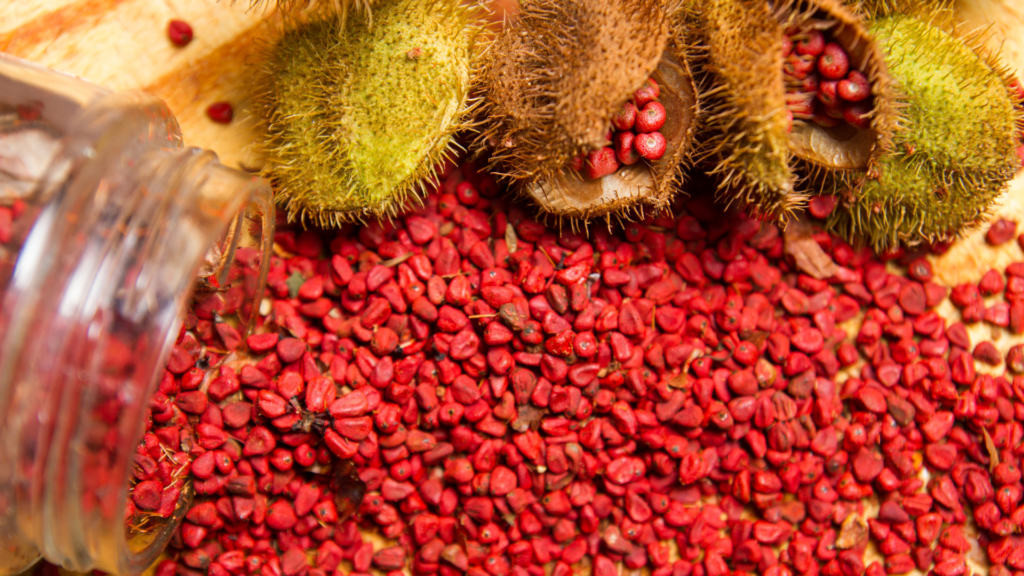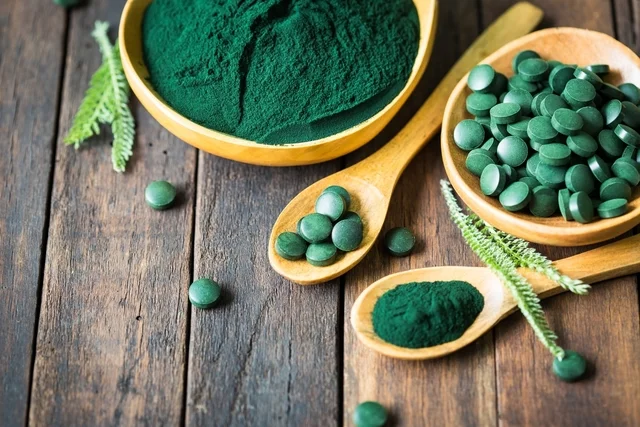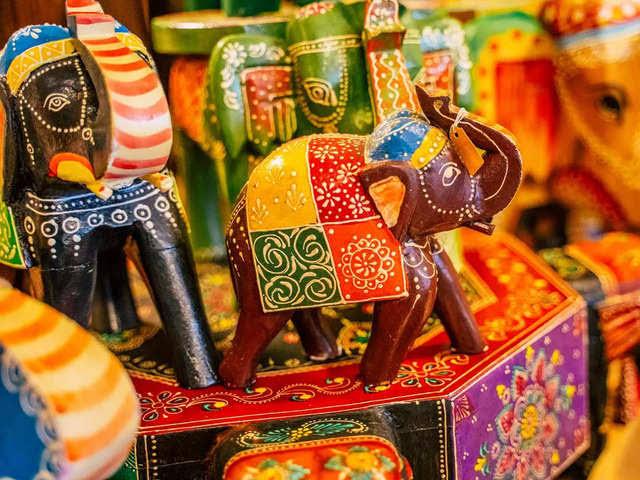Leather
Leather: The Timeless Elegance of Nature's Hide
Leather, a material as old as human civilization itself, continues to captivate us with its rich history, versatility, and enduring appeal. Derived from the hides of animals, leather has been used for clothing, accessories, and furnishings for centuries. In this article, we’ll explore the world of leather, from its origins to its modern applications and sustainable future.
- Origins of Leather
Leathermaking dates back thousands of years, with evidence of early leather artifacts found in ancient civilizations such as Egypt and Mesopotamia. The process of converting animal hides into leather involves tanning, which can be done using various methods. Traditionally, tanning involved natural substances like tree bark, but today, many leather products are tanned using modern chemical processes.
- Types of Leather
Leather comes in various types, each with distinct characteristics and applications:
- Full-Grain Leather: This is the top layer of the hide, which retains the grain and natural markings. Full-grain leather is known for its durability and develops a unique patina over time.
- Top-Grain Leather: Slightly sanded to remove imperfections, top-grain leather is smooth and commonly used in high-end leather goods.
- Genuine Leather: Often confused with high-quality leather, “genuine leather” is a term used for lower-grade leather products. It’s made from layers of hide bonded together and then coated.
- Exotic Leather: This includes leather from exotic animals such as alligators, snakes, and ostriches. It is prized for its unique textures and patterns.
- Leather in Fashion
Leather has been a staple in fashion for decades. Leather jackets, boots, belts, and handbags are iconic pieces that offer both style and durability. Leather’s ability to adapt to different fashion trends while maintaining its timeless allure has made it a favorite among designers and consumers alike.
- Leather in Interiors
Leather adds an element of luxury and comfort to interior spaces. Leather upholstery for furniture, cushions, and decorative accents can transform a room, creating an inviting and elegant atmosphere. Leather’s durability makes it an excellent choice for items that receive frequent use.
- Sustainability in Leather
The leather industry has faced scrutiny for its environmental impact, particularly regarding the tanning process. However, efforts are being made to promote sustainable practices. Some brands focus on using vegetable tanning, which relies on natural substances and reduces the use of harmful chemicals. Additionally, recycling leather and using alternative materials are emerging trends in sustainable fashion.
- Caring for Leather
Proper care can extend the life of leather products. Regular cleaning, conditioning, and protection against moisture are essential steps in maintaining leather’s quality and appearance. Each type of leather may require specific care, so it’s important to follow manufacturer recommendations.
Conclusion
Leather is a testament to the enduring appeal of natural materials. Its history, versatility, and timelessness make it a favorite in various industries, from fashion to interiors. As the world becomes more environmentally conscious, sustainable practices in leather production are essential to ensure its continued presence in our lives. Whether you’re donning a leather jacket, sitting on a leather sofa, or carrying a leather bag, you’re experiencing the timeless elegance of nature’s hide.
Other Products
How We Work
Our Process
Our Lines up of activities ensure you get the desired product, in the set quality parameter, on time! Request a quote and get things moving now.
Procurement
Specialised Source Points for our products.
Sorting & Cleaning
Handpicked Quality comes from here.
Packaging
Best-in-class materials to ensure safe transit
Delivery
We plan each activity as per Shipping Line Schedules.







